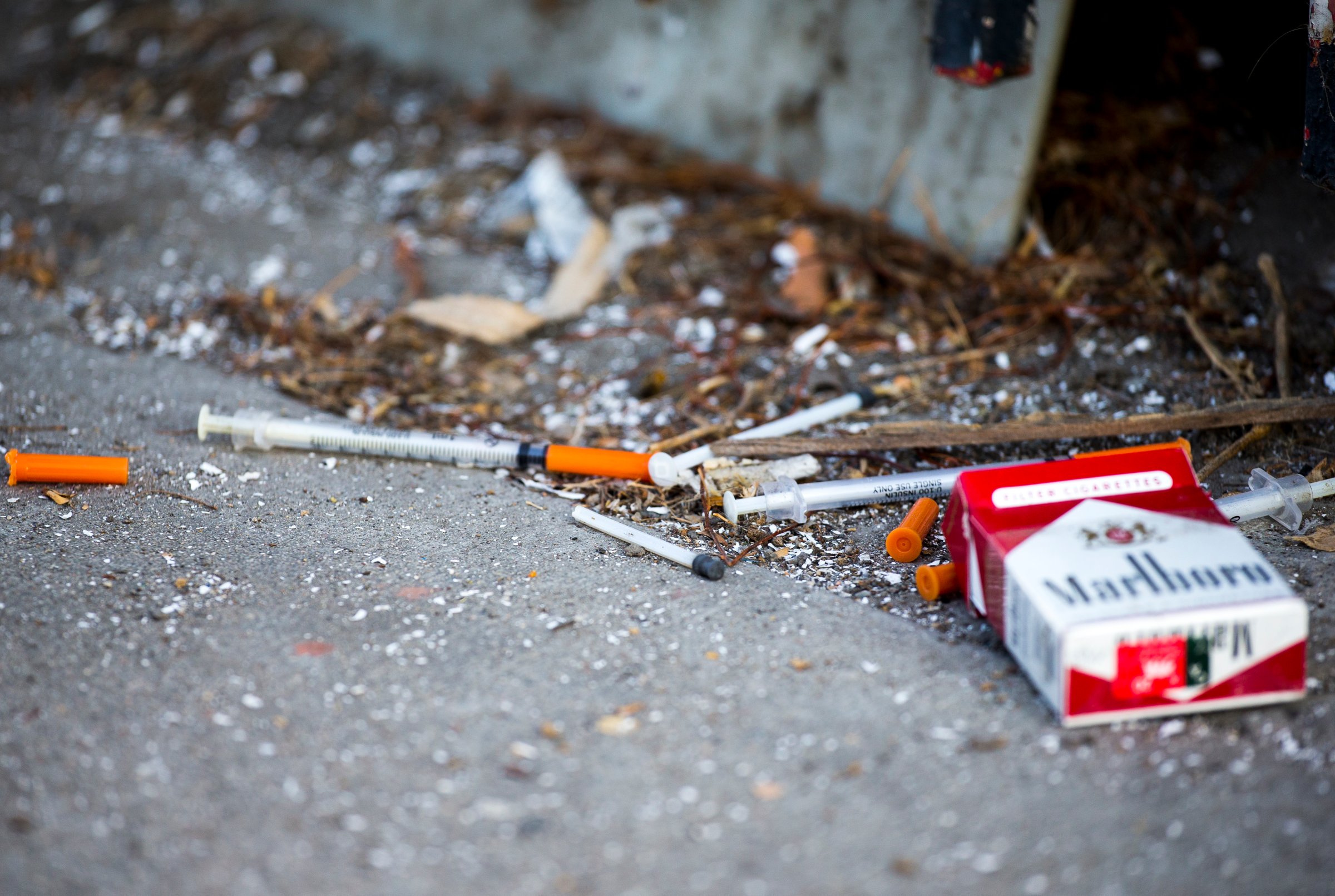
The estimated number of deaths from drug overdoses has fallen for each of the last seven months on record, giving reason for cautious optimism about the state of the nation’s substance abuse epidemic.
Fatal overdose rates have risen sharply over the past several decades — more than tripling between 1999 and 2016 — in large part because of the opioid epidemic. But preliminary data from the Centers for Disease Control and Prevention’s National Center for Health Statistics (NCHS) points to a promising, if modest, recent downturn.
The NCHS measures drug overdose deaths in 12-month periods ending in a given month. Predicted deaths dropped progressively lower during each of these periods between September 2017 and March 2018, falling from 73,133 to 71,073 deaths during that timespan.
It’s too soon to draw firm conclusions from the data. The figures are not final, since they’re based on a combination of confirmed and predicted deaths, and any short-term decrease could be a temporary statistical blip. But after years of exponential increases, any reduction in overdose deaths is good news — even though the total number of people dying from overdoses is still high.
The latest NCHS data also shows that certain states with particularly severe opioid problems, including Massachusetts and Vermont, have seen recent reductions in overdose deaths, suggesting that local substance abuse prevention programs in these areas may be working. In total, 19 states and the District of Columbia saw overdose deaths decrease during the 12-month period ending in March 2018, compared to the previous year. Montana saw the largest decrease, at around 25%, although its total number of deaths was comparatively low.
Initiatives aimed at curbing drug overdoses have also been rolled out at the national level, including expanded access to the opioid-overdose-reversing drug naloxone, new opioid prescription guidelines and limitations on the availability of prescription painkillers. Earlier this month, Congress also passed a bill designed to make it easier for people to afford substance abuse treatment, lift restrictions on medication-assisted treatment for substance use disorder and free up resources for fighting drug use and addiction.
More Must-Reads from TIME
- Cybersecurity Experts Are Sounding the Alarm on DOGE
- Meet the 2025 Women of the Year
- The Harsh Truth About Disability Inclusion
- Why Do More Young Adults Have Cancer?
- Colman Domingo Leads With Radical Love
- How to Get Better at Doing Things Alone
- Michelle Zauner Stares Down the Darkness
Write to Jamie Ducharme at jamie.ducharme@time.com